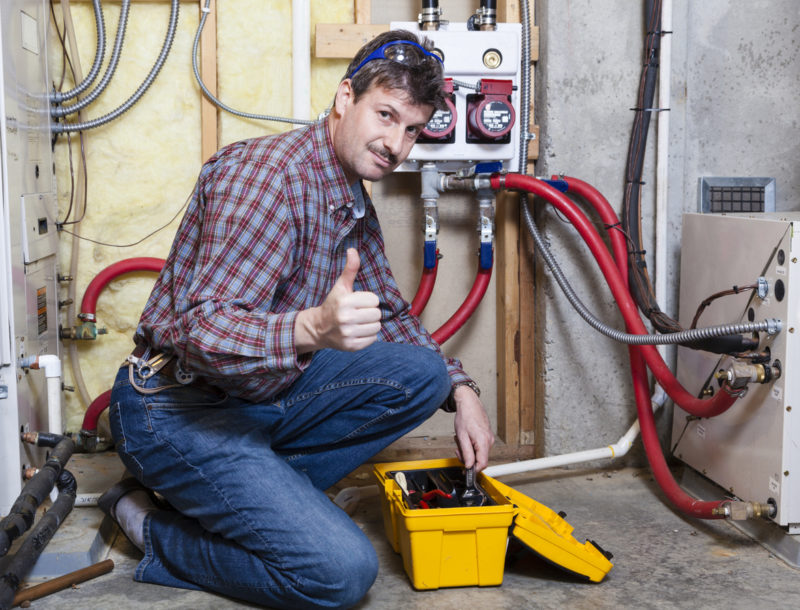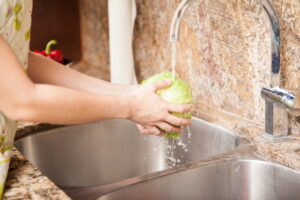Do It Yourself or Consult a Skilled Plumber? Understanding the Distinction
Do It Yourself or Consult a Skilled Plumber? Understanding the Distinction
Blog Article
What are your thoughts on When to call a professional plumber vs. DIY?

Intro
Pipes concerns can range from minor hassles to major headaches, frequently prompting homeowners to decide in between tackling the trouble themselves or calling a specialist plumbing technician. Recognizing when to do it yourself and when to seek expert help can conserve time, money, and prevent prospective disasters. This write-up checks out the variables to think about when making this critical decision.
Advantages of DIY Pipes
Taking on pipes jobs yourself can be satisfying in a number of methods, particularly for less complex jobs.
Price Savings
DIY pipes tasks usually save money by preventing specialist service charge. Jobs like taking care of minor leaks, changing taps, or setting up new showerheads are instances where home owners can take care of fixings without hiring a plumbing professional.
Ability Enhancement
Engaging in do it yourself plumbing uses a possibility to discover and improve sensible skills. Basic jobs encourage house owners to comprehend their pipes systems much better and gain self-confidence in handling tiny repair services independently.
Threats of DIY Pipes
While DIY tasks offer advantages, certain risks must be thoroughly taken into consideration before attempting fixings.
Complexity of Jobs
Some plumbing concerns require specific expertise and tools past typical homeowner abilities. Mishandling complex issues can lead to further damage and expensive fixings.
Safety and security Issues
Dealing with pipes systems includes threats such as direct exposure to water damage, potential for electric hazards, and taking care of devices incorrectly. Safety and security precautions need to be observed to stop crashes and ensure efficient fixings.
Indicators to Call a Professional Plumbing
Acknowledging when a pipes concern exceeds DIY capabilities is important to avoid getting worse troubles.
Indicators of Facility Concerns
Examples include:
Prompt specialist treatment is necessary to address these problems effectively and reduce damage.
Do It Yourself Pipes Tips
For successful do it yourself pipes, it's vital to be prepared with the right devices and follow correct treatments.
Standard Tools and Materials
Secret devices for DIY plumbing:
Step-by-Step Guides
Clear directions make certain secure and effective do it yourself repairs:
Picking the Correct Time to Do It Yourself
Figuring out when to deal with plumbing tasks on your own calls for examining both the intricacy of the issue and personal comfort degrees.
Evaluation Checklist
Consider:
When to Absolutely Call a Professional
Particular circumstances require instant experienced focus to prevent considerable damage or security hazards.
Examples consist of:
Searching for and Hiring a Professional Plumbing
Picking a certified plumber guarantees trustworthy solution and comfort in solving pipes problems.
Criteria for Option
Factors to take into consideration:
Cost Analysis: do it yourself vs. Professional Services
Comparing the monetary ramifications of do it yourself initiatives versus specialist pipes solutions helps in making informed decisions.
Financial Considerations
Examine:
Final thought
Making a decision whether to do it yourself or call a professional plumbing professional hinges on comprehending the complexity of plumbing concerns and personal abilities. By considering the advantages and risks, property owners can make enlightened selections that advertise reliable upkeep and safeguard their homes from plumbing catastrophes.
DIY Plumbing Projects: What Homeowners Can Do and When to Call a Professional
Welcome to our comprehensive guide on DIY plumbing projects. In this blog post, we aim to empower homeowners with the knowledge and skills to tackle basic plumbing tasks around the house. From unclogging drains to fixing a leaky faucet, we’ll walk you through step-by-step instructions on how to handle these common issues.
However, not all plumbing problems can or should be solved with a DIY approach. Recognizing when a problem is beyond your skill level and requires professional intervention is just as important as knowing how to perform basic tasks. We’ll also discuss the signs that indicate it’s time to put down your tools and pick up the phone to call a professional plumber. By understanding when to DIY and when to call a professional, you can save time, avoid potential disasters, and ensure your home’s plumbing system remains in top shape.
Understanding Plumbing Basics
Before we dive into the DIY projects, let’s take a moment to understand the basics of your home’s plumbing system. A typical residential plumbing system consists of two major components: the water supply system, which brings fresh water into your home, and the drainage system, which removes waste water. These systems are made up of a network of pipes, valves, and fixtures that work together to deliver clean water and dispose of waste efficiently.
Regular maintenance of your plumbing system is crucial to prevent minor issues from escalating into major problems. This includes tasks like checking for leaks, removing minor clogs, and ensuring your pipes are insulated for winter. By performing these tasks regularly, you can extend the lifespan of your plumbing system, save money on water bills, and maintain the comfort and hygiene of your home.
In the following sections, we’ll explore some common DIY plumbing projects that homeowners can handle, as well as situations that require the expertise of a professional plumber. Whether you’re a seasoned DIY enthusiast or a beginner, this guide will provide you with valuable insights into the world of home plumbing.
DIY Plumbing Projects Homeowners Can Handle
Plumbing may seem intimidating, but there are several tasks that homeowners can confidently tackle with a little guidance and the right tools. Here are a few common issues you might encounter and how to address them.
Unclogging Drains
Use a Plunger: This is your first line of defense. A good old-fashioned plunger can dislodge the obstruction and clear the drain in many cases. Try a Plumber’s Snake or Hand Auger: If the plunger doesn’t work, a plumber’s snake or hand auger can reach deeper into the pipe to break up the clog. Use a Drain Cleaner: If physical methods fail, a chemical drain cleaner can dissolve the clog. However, use these products sparingly as they can damage your pipes if overused.

As a devoted person who reads about DIY Plumbing Projects and When to Call a Professional, I was thinking sharing that segment was a great idea. Do you know about somebody else who is serious about the niche? Do not hesitate to promote it. Bless you for being here. Return soon.
Contact Us Now Report this page